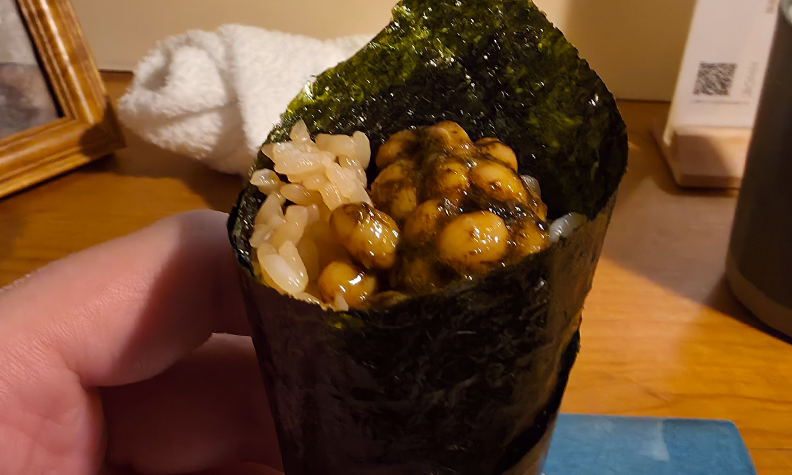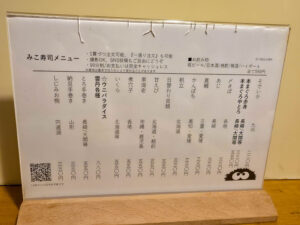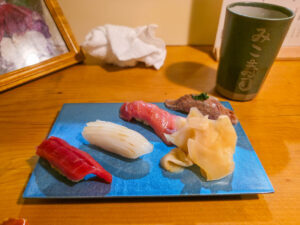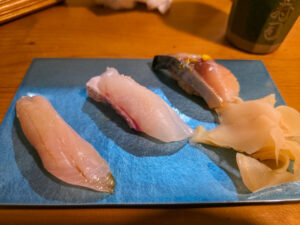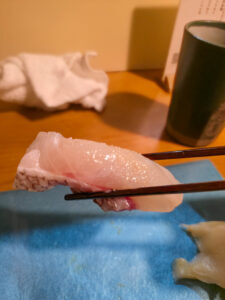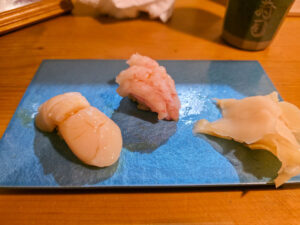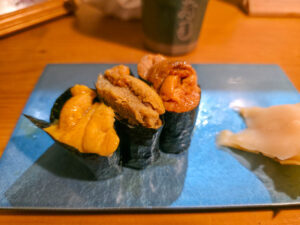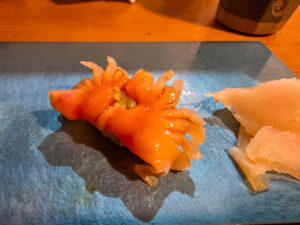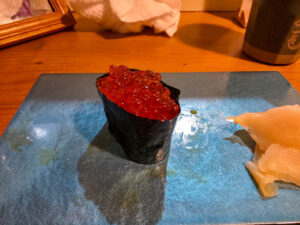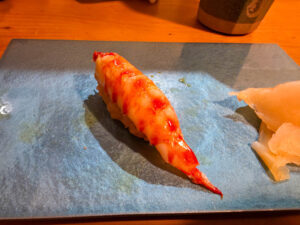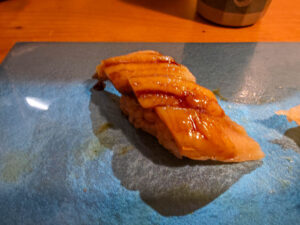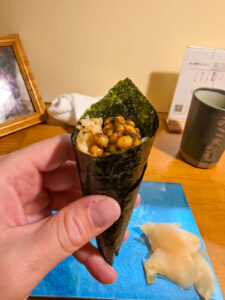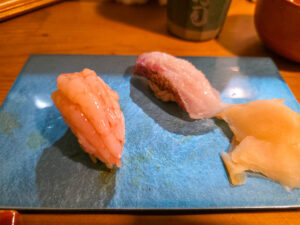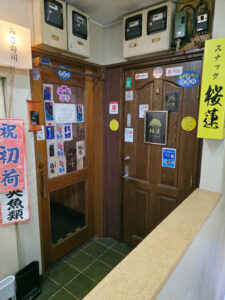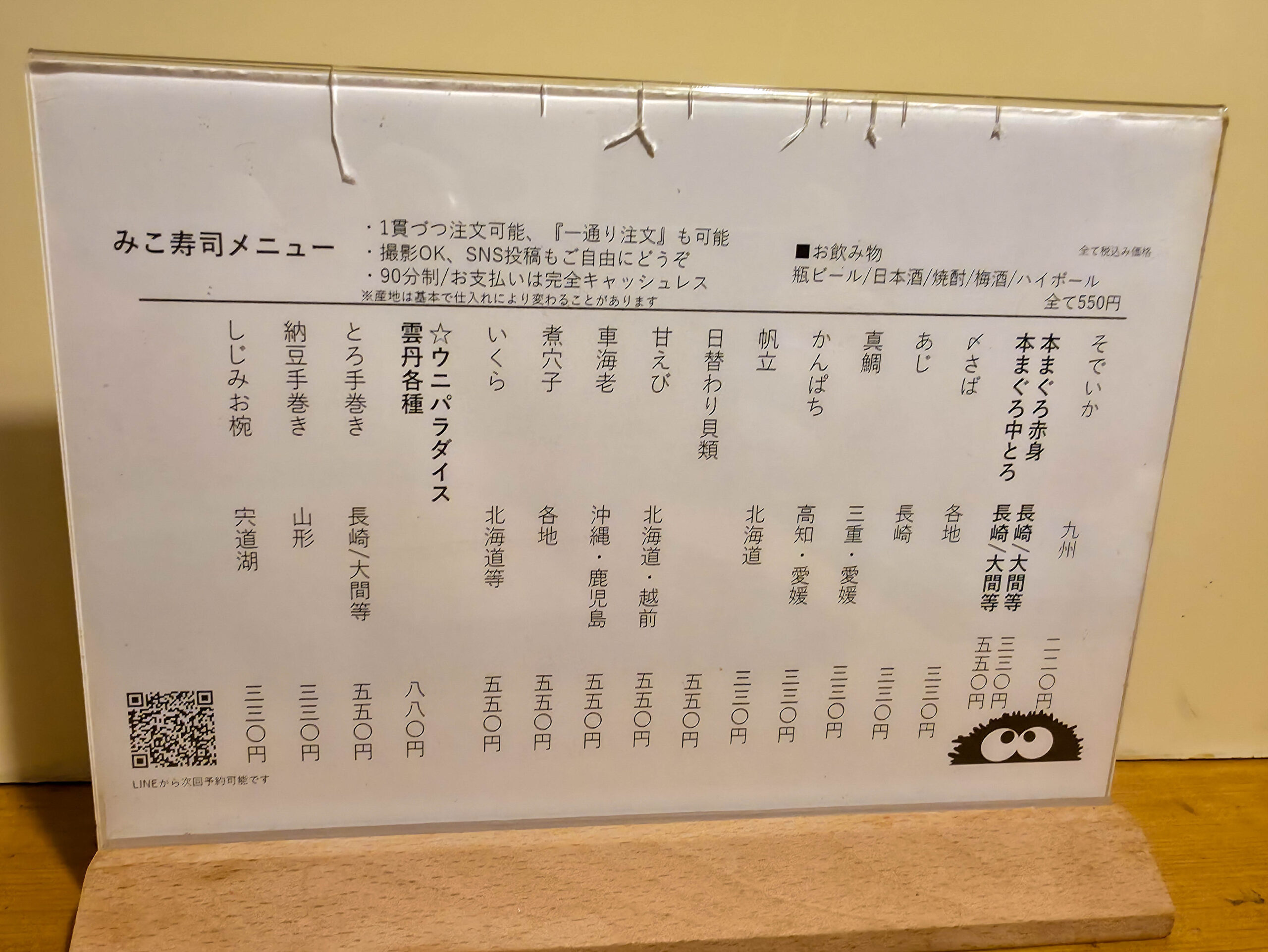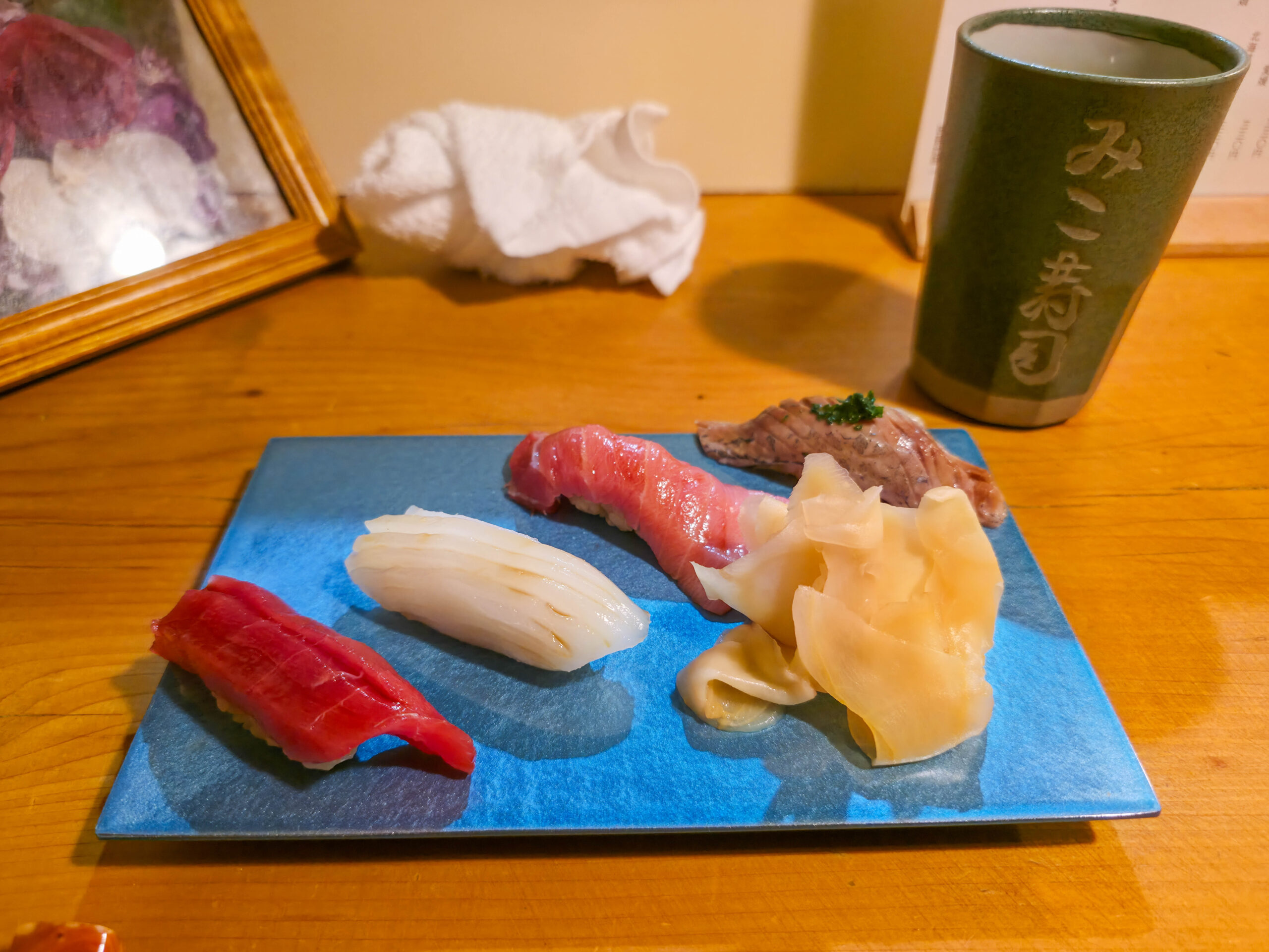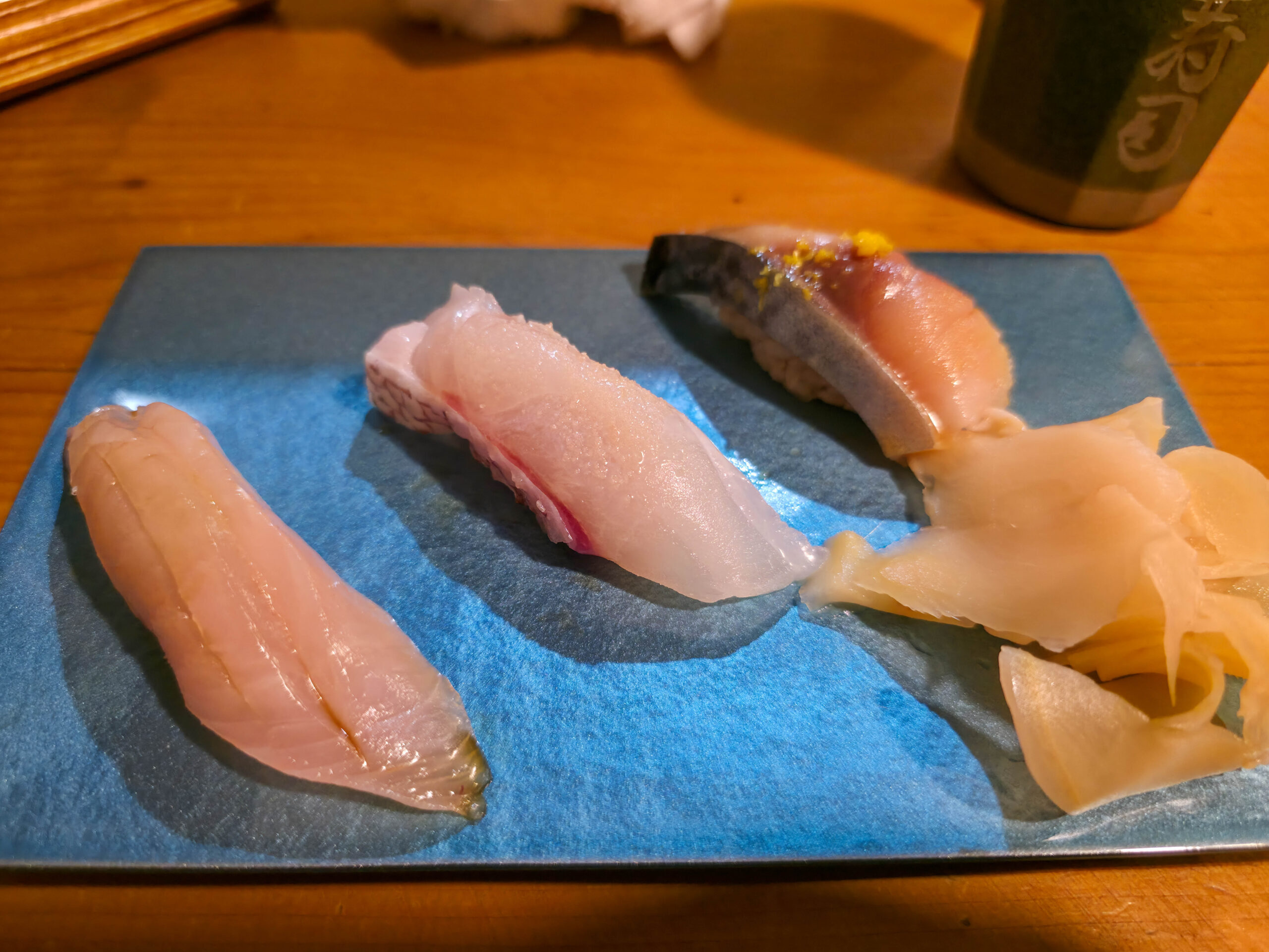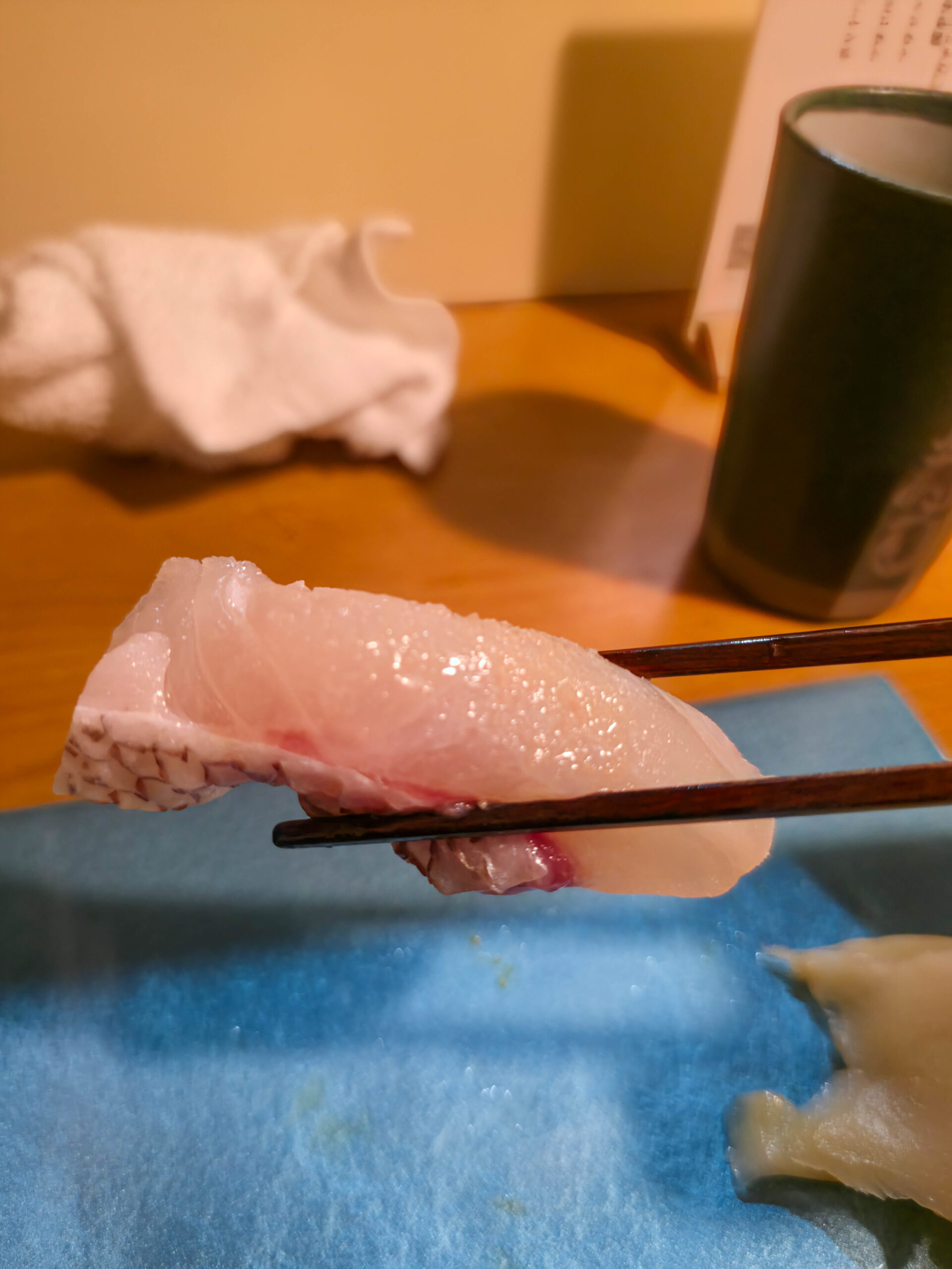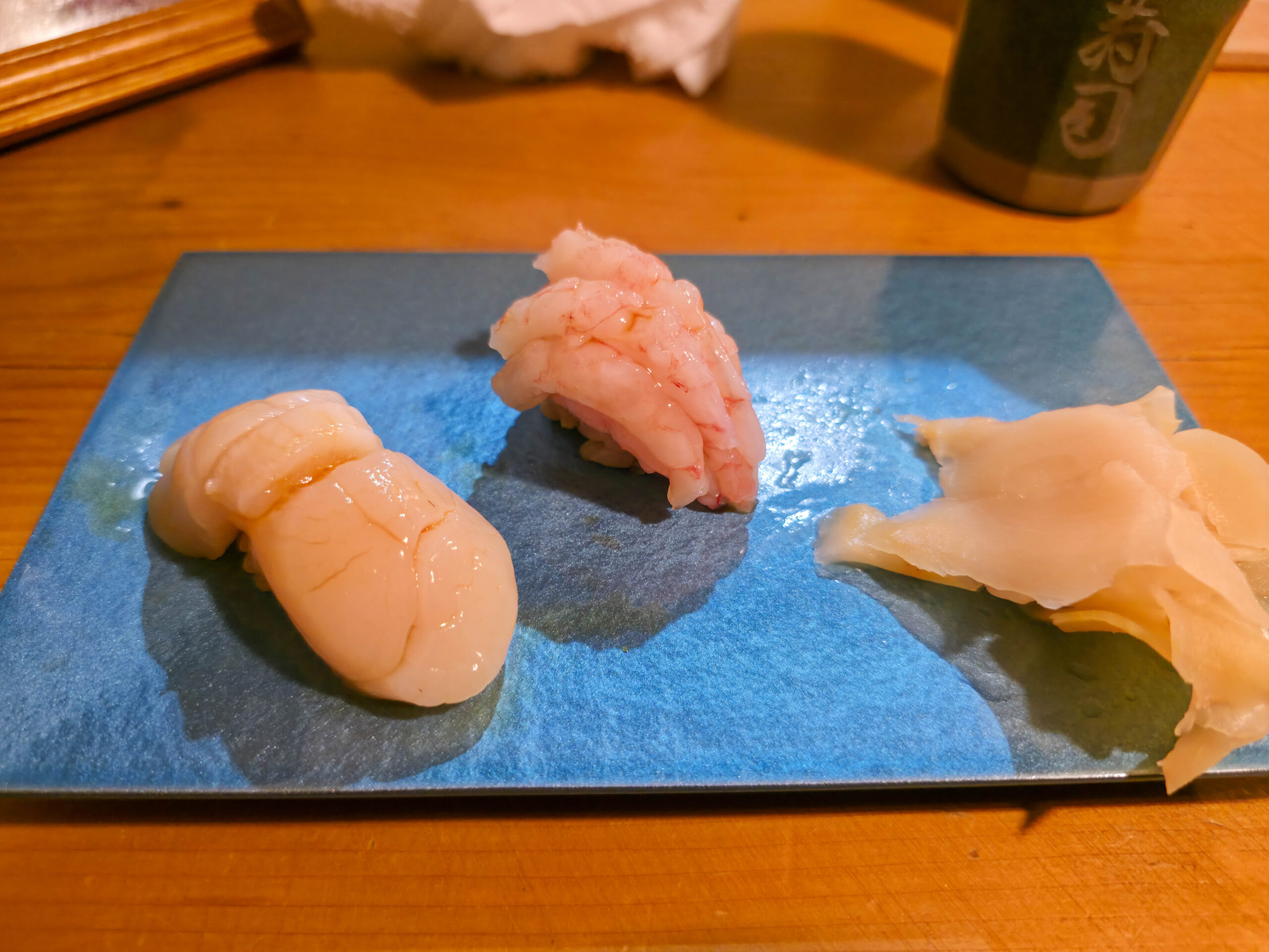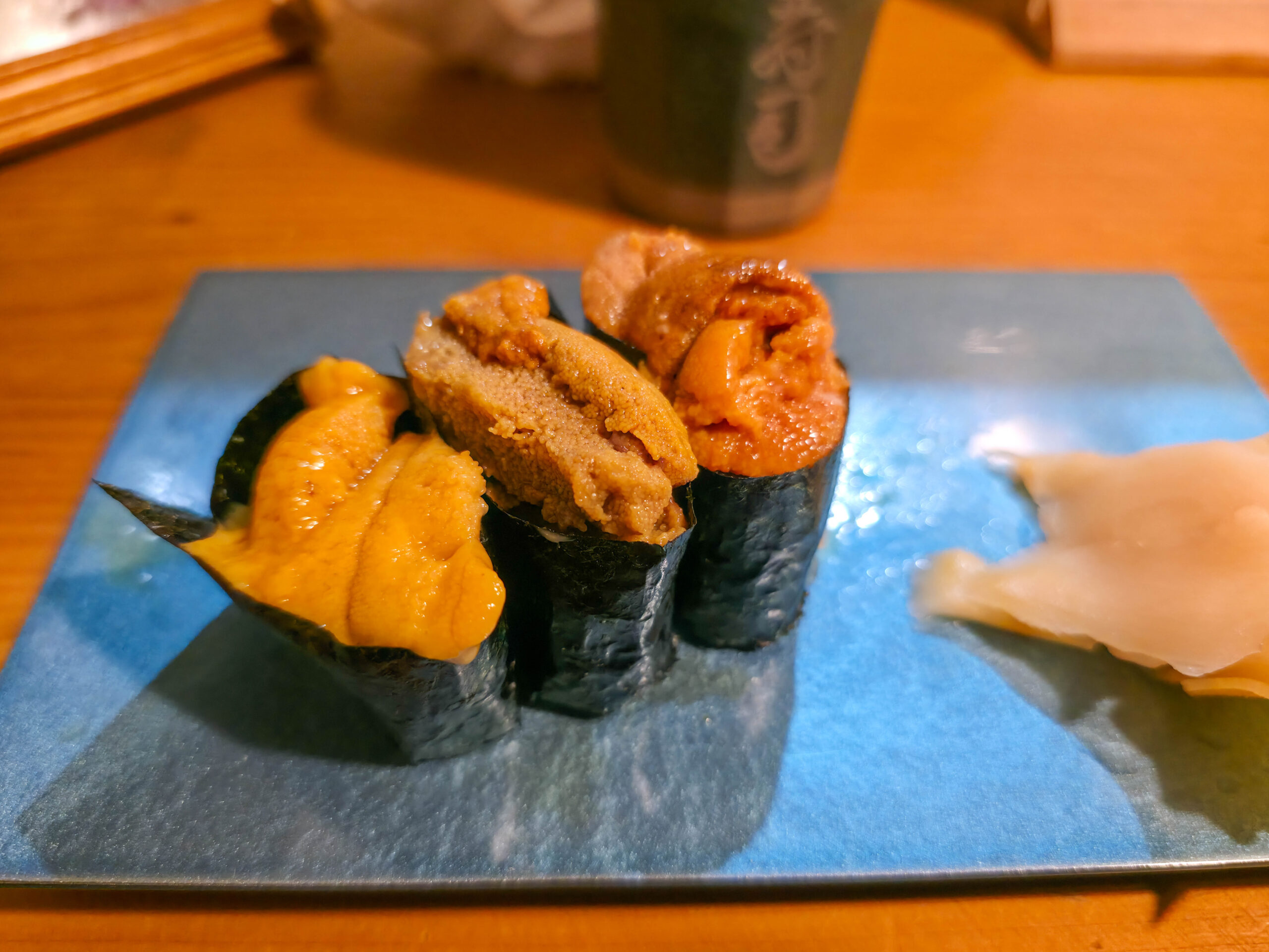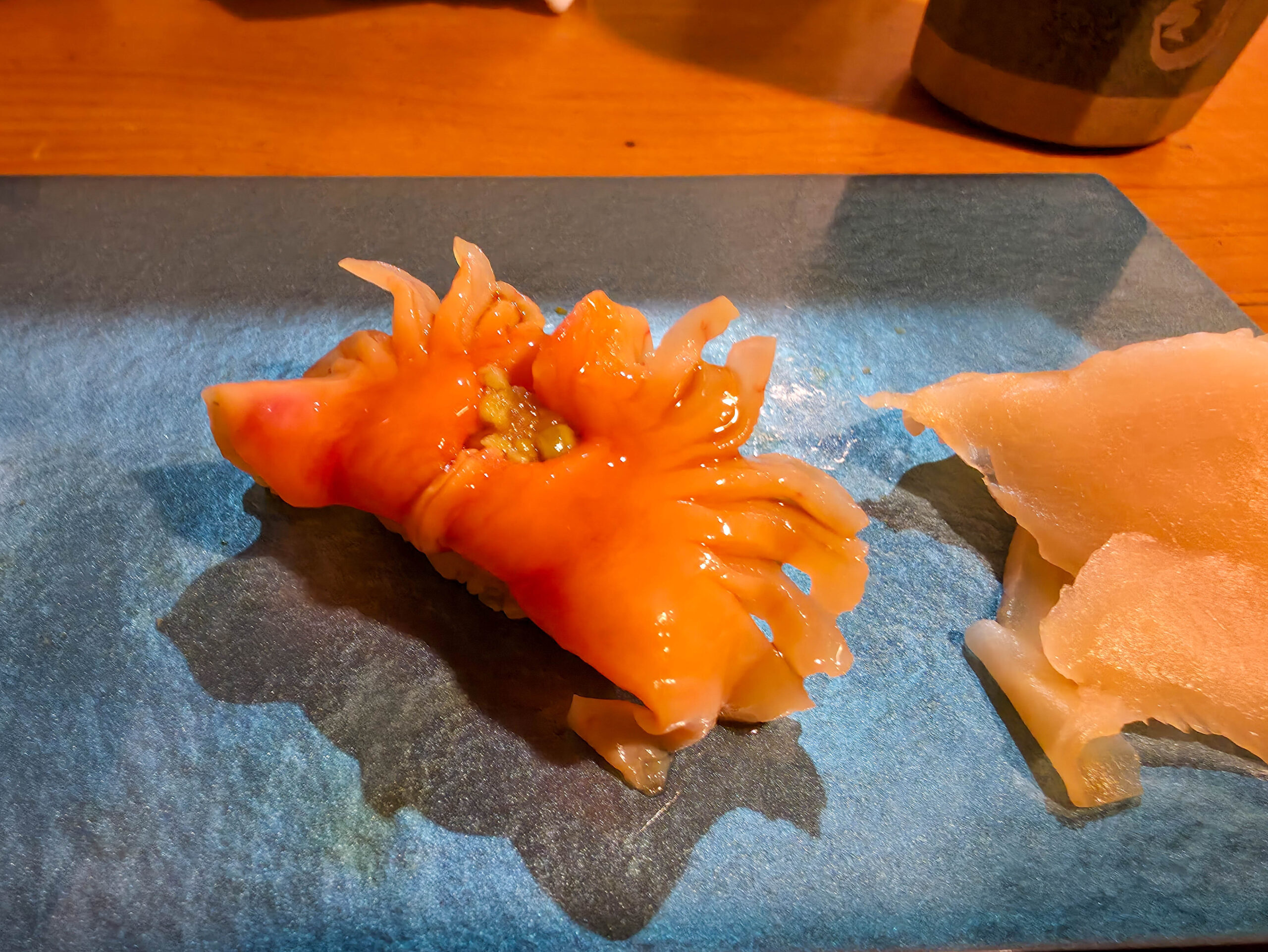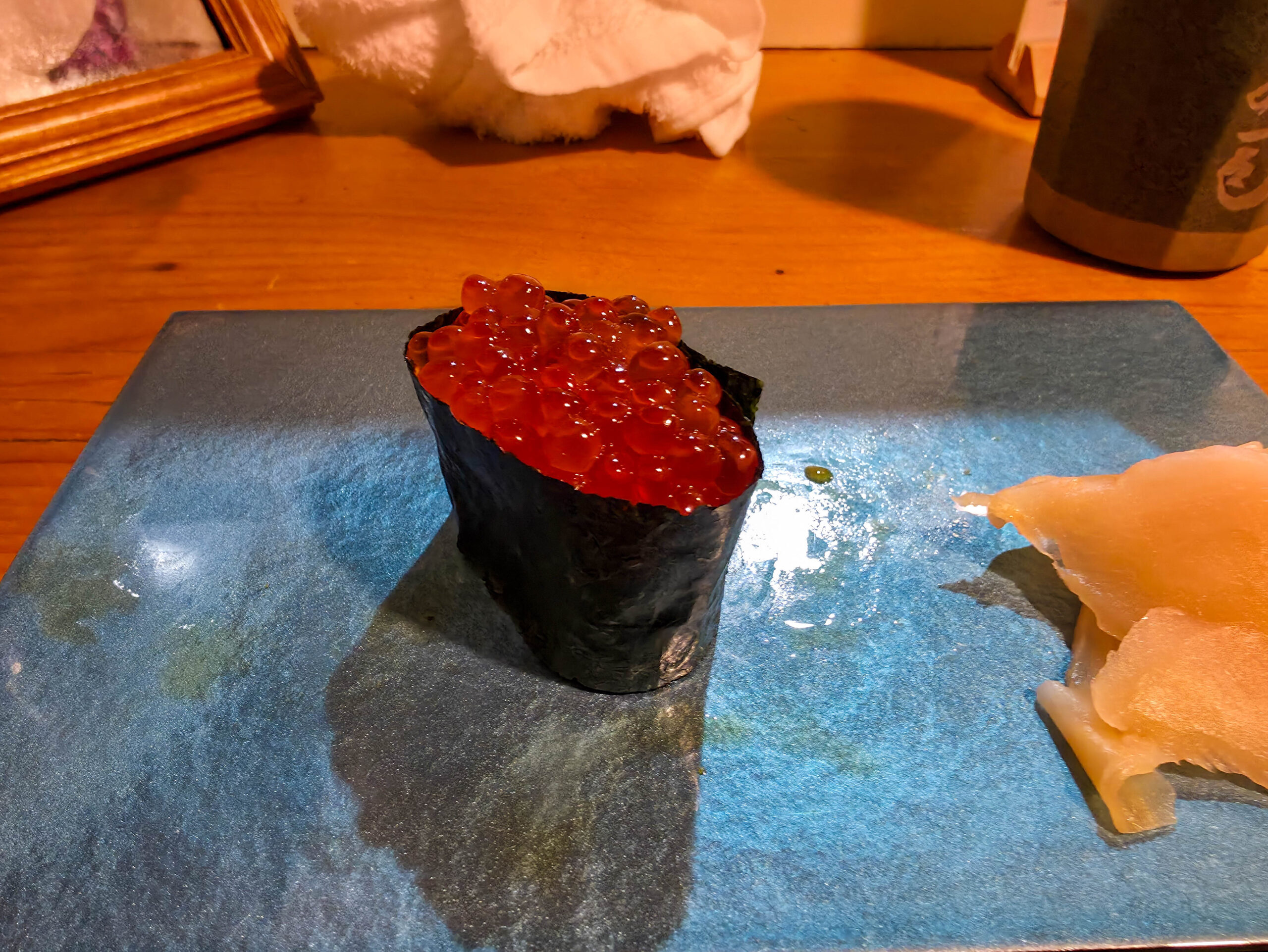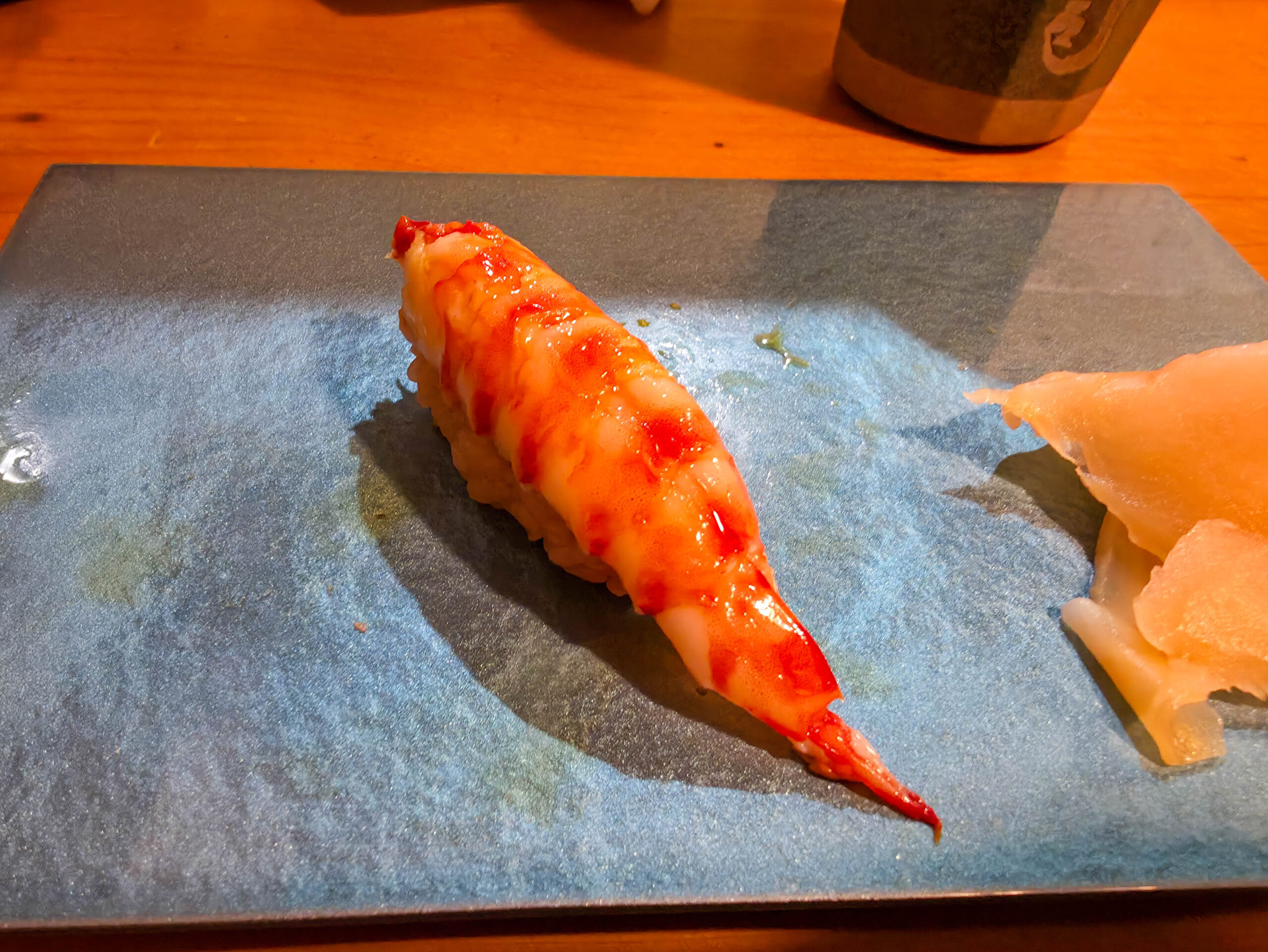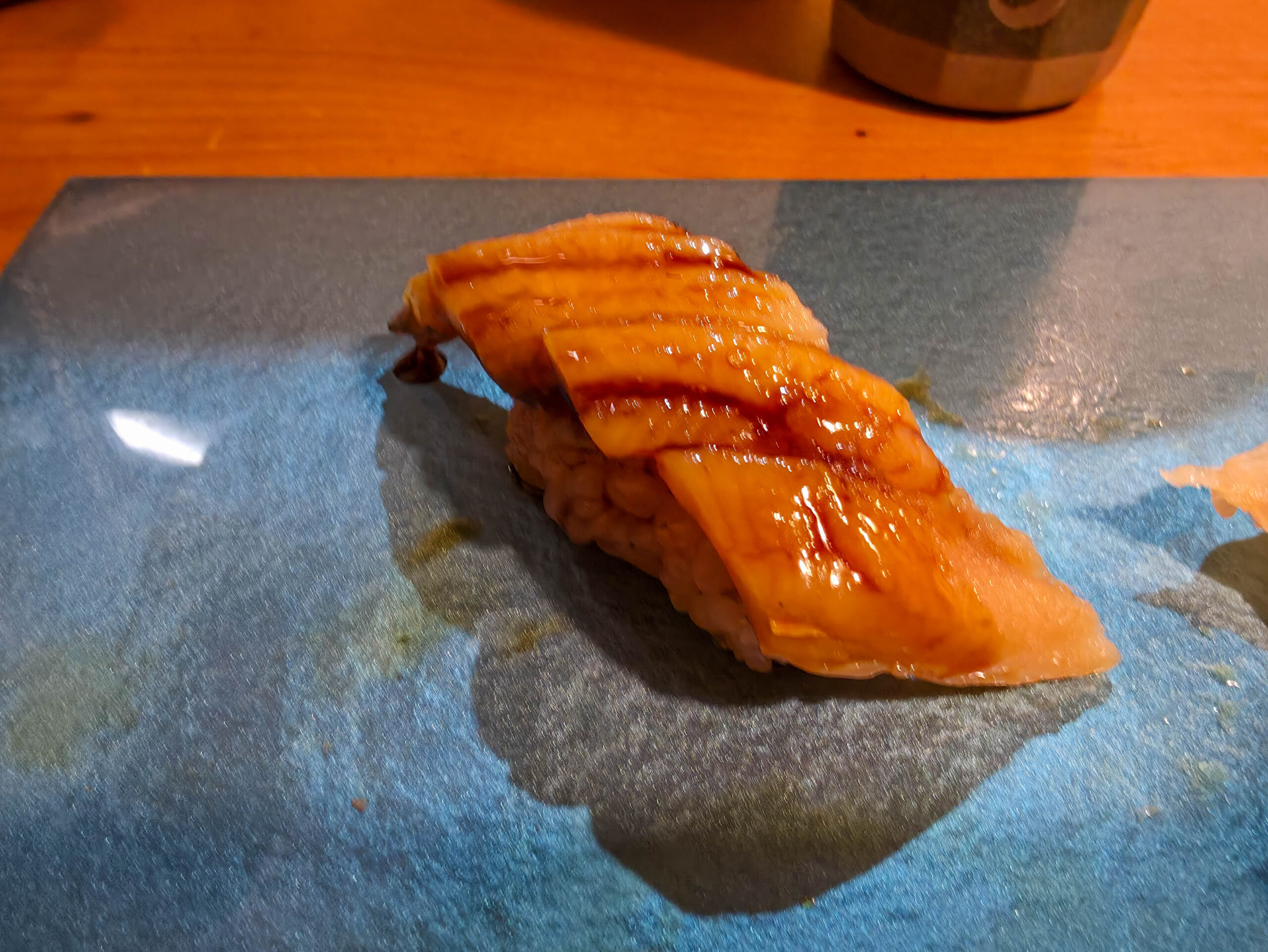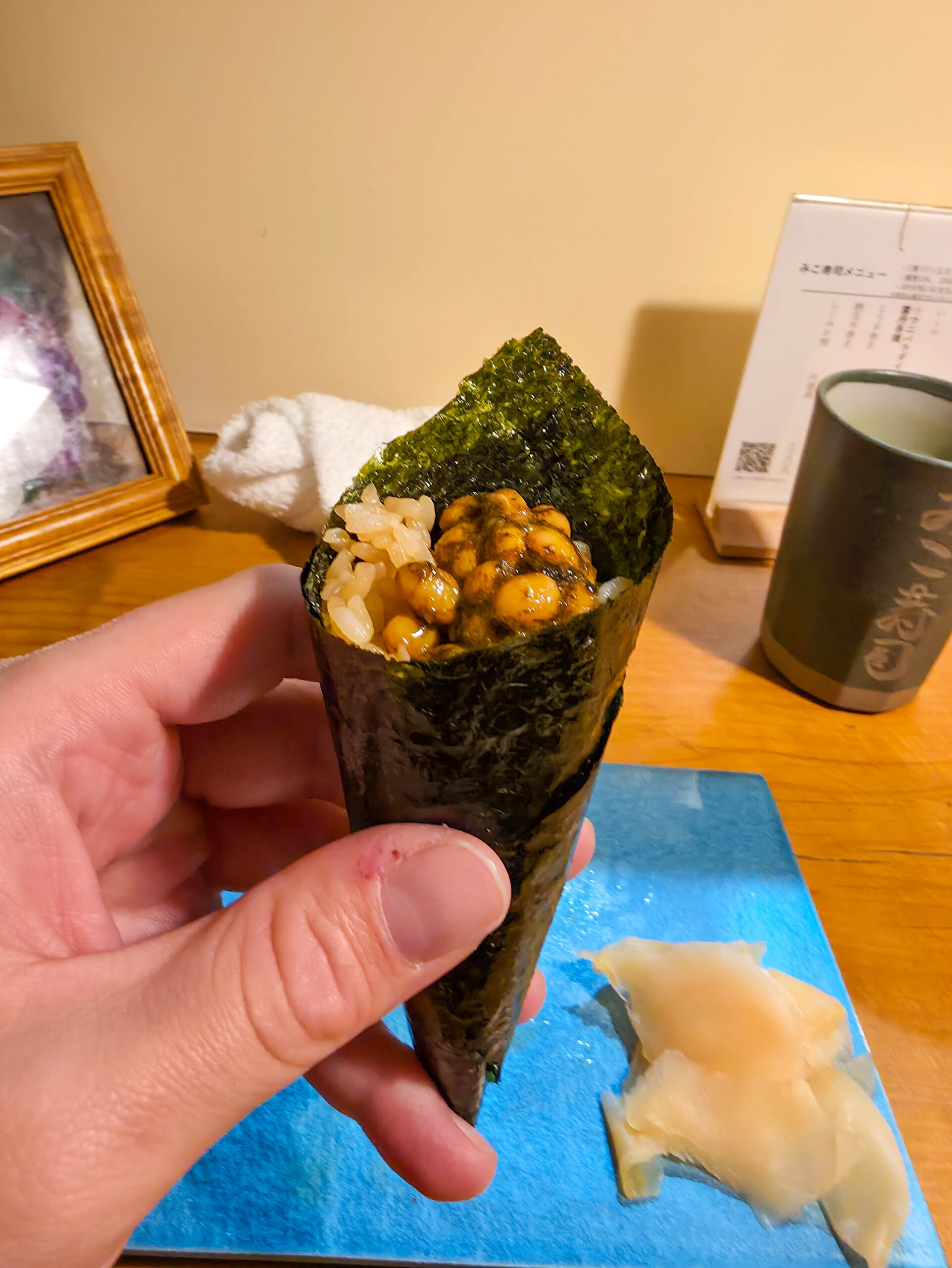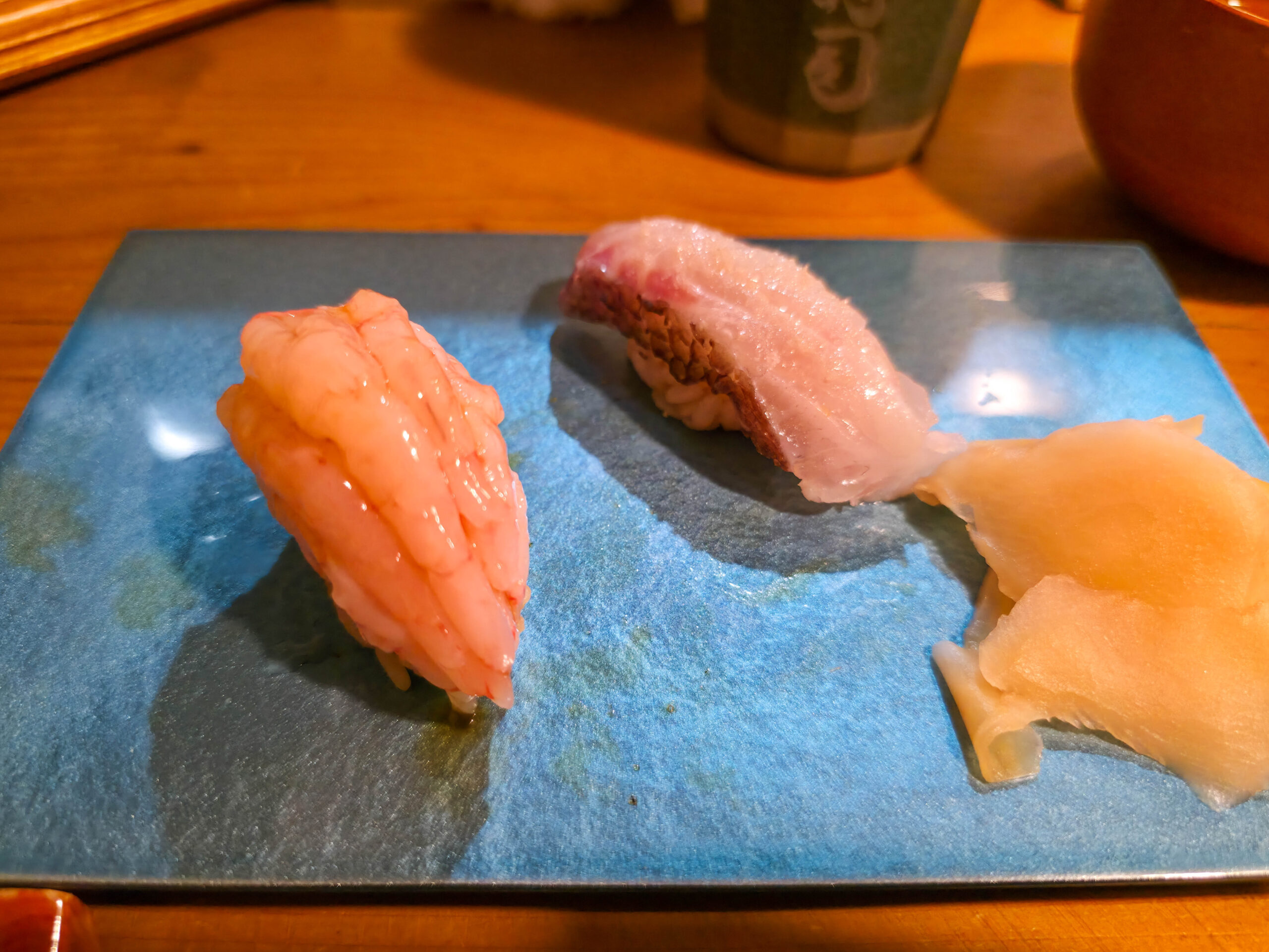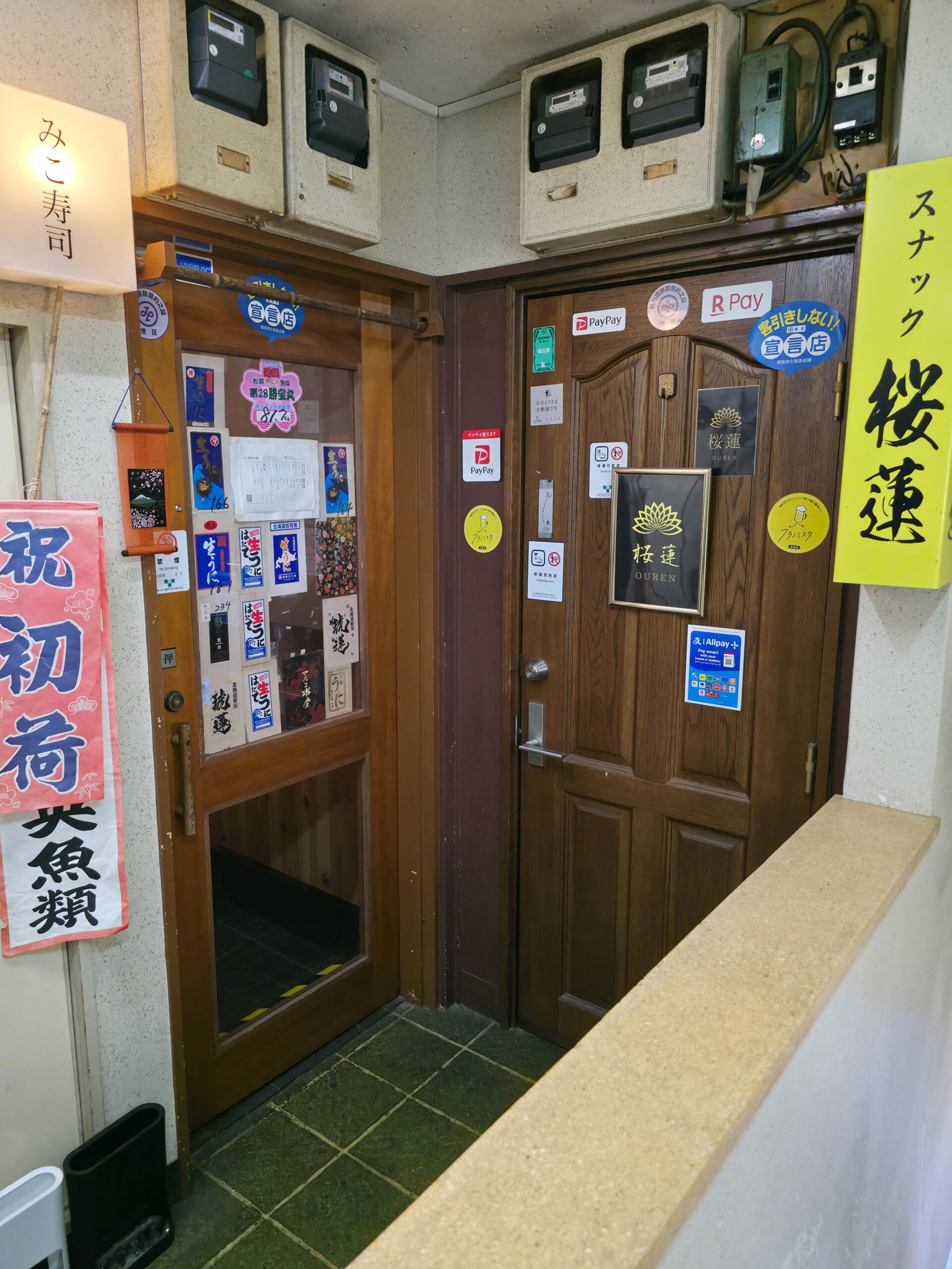Savoring
Miko Sushi みこ寿司本店
東京都港区新橋4-14-6 第二西欧ビル 2F
April 12, 2025
I finally had my first omakase experience in Japan, and I’ll never forget it.
After a meeting with my boss a few days earlier, he was surprised I had never been to an omakase restaurant, especially on my third trip to Japan. He called one of my Japanese coworkers, and just like that, it was scheduled.
The place they picked couldn’t have been more perfect. A tiny shop with just seven seats at the counter. No signage, no advertising, and reservation-only. The building itself looked like nothing special. Tucked down a quiet side street, it’s the kind of place you’d walk right past without a second glance. Just a closed metal shutter on the ground floor and a narrow stairwell off to the side. Up the dim staircase, past a row of mailboxes, was one of the best meals I’ve ever had. This is exactly the kind of spot locals keep to themselves.
Inside, though, it was warm and cozy. Everyone spoke softly, eyes fixed on the chef, expertly preparing each piece. I was the only foreigner there, but my my-coworker kept up good conversation.
Omakase roughly translates to “I’ll leave it up to you,” and that’s exactly how it works. You don’t order. You sit down, put your trust in the chef, and let them guide the experience. Its similar to a prix fixe menu. You don’t order off the menu, instead the food is just presented to you as its prepared. Each piece was placed in front of me one at a time, simply and thoughtfully.
Then came the natto temaki (hand roll).
For those who don’t know, natto is fermented soybeans. It’s got a pungent, funky smell and a sticky, stringy texture that pulls into long threads. Most foreigners absolutely hate it. Hell, I have heard that even 30-40% of Japanese people either dislike it or just find it tolerable. I’d seen the videos of people gagging, throwing up, and making faces of disgust. It has such a reputation that the chef asked once when I came in if natto is ok, and again before being serving it to me. So when it was finally placed it in front of me, I immediately noticed everyone else at the counter lock in on me. I picked it up. The room went stared in suspense, with everyone saying “oooohhhhh” in unison. I took a bite.
And nothing happened.
I chewed, swallowed, gave a little nod. That was it. Then the entire room clapped and chef laughed. It was done, I passed the gaijin test. After that, I wasn’t just the foreigner anymore. I feel like I belonged, at least in this tiny sushi spot.
Looking back, that moment really sums up what made this trip special. It’s not just the incredible food that I enjoyed that day. It was about being welcomed into something intimate and local. A quiet little room full of strangers, all connected by a fresh meal and a shared respect for the experience. I am also deeply fortunate and very thankful to work with the people I do, for without them, this experience wouldn’t have happened.
The restaurant stays on the down-low. It’s in Minato, near Shimbashi Station. No big signs, no flashy entrance. Just a chef quietly doing his thing, night after night.
Omakase Course:
- Red Bluefin Tuna
- Squid
- Bluefin Fatty Tuna
- Horse Mackerel
- Amberjack
- Red Sea Bream
- Shime-saba Mackerel
- Scallop and Sweet Shrimp
- Uni Paradise (variety from different locations)
- Akagai (Blood Clam)
- Ikura (Salmon Roe)
- Kuruma Ebi (Japanese Tiger Prawn)
- Conger Eel
- Natto Temaki
Every bite was unforgettable. Even the natto.
